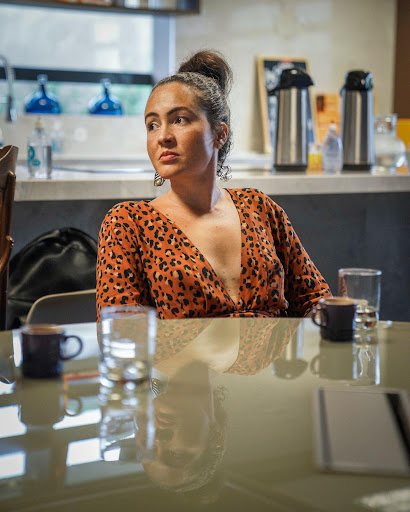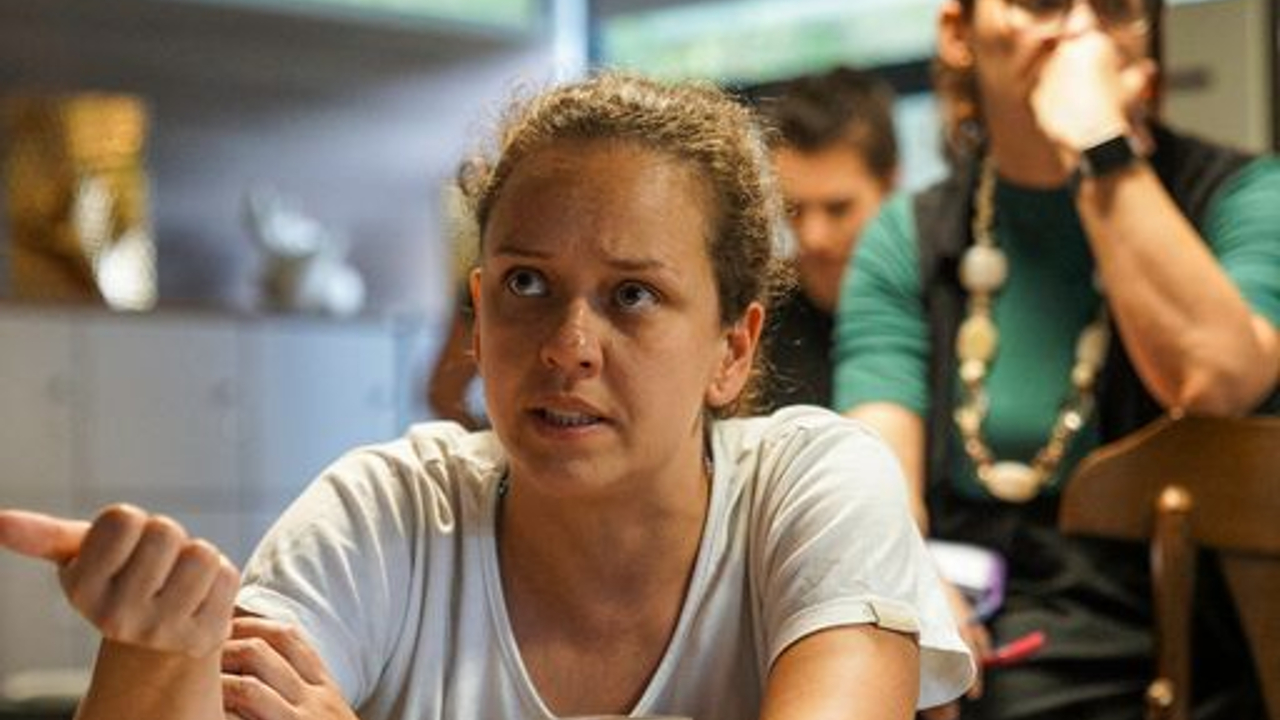Meet the expedition team
[ad_1]
Gastronomy is one of the main cultural expressions of a people and reflects its identity, history and traditions. In Brazil, each region has a typical cuisine, which reflects the cultural diversity of the country. And it is in this context that the project Food Culture Map was raised. To deepen the history of traditional foods and dishes from Paraná and Santa Catarina that form the basis of regional food culture, the project will lead a team of researchers to investigate this heritage.
As of April 3, the group hits the road in search of the faces and voices that keep the cultural roots of our food alive. A realization of Montenegro Produções, which has resources from the Culture Incentive Law, of the Ministry of Culture, this project has as a compass the products of Geographical Indition.
The so-called IGs, traditional foods and dishes from a region that were validated based on their originality and reputation, will guide the journey of the three professionals who make up the expedition. With different backgrounds, they will travel through Paraá and part of Santa Catarina to learn about traditional techniques for growing and preparing food, as well as understanding the relationship between culture and food.
Find out here about the 12 geographical indications selected for the Food Culture Map project
The team was hand selected. On the trip will be the confectioner Ana Souza, known for her delicious dessert recipes; photographer Daniel Siwek, who will record every detail of the journey; and the social scientist and professor Rafaela Rocha, who will help to understand the cultural and social relationships that surround each food and how they are reflected in the general culture of Paraná.
Together, they leave Curitiba having as their first destinations Antonina and Morretes, cities of Bala de Banana and Barreado, two IG’s from Paraná. The public will be able to follow the findings of the field research team through the platform Good Gourmet. The outcome of this journey will be transformed into art and literature, culminating in the creation of the book entitled “Mapa da Cultura Alimentar” and in an art exhibition that will take place at Shopping Mueller, in Curitiba, in September 2023.
Our three travelers have different stories, but united in favor of the objective of understanding this history of local gastronomic riches. O Good Gourmet shows you the profile of each of these professionals. Shall we embark on this journey?
Ana Souza: the confectioner

Baker, self-taught and entrepreneur, Ana Souza uses gastronomy and confectionery to rescue traditional Brazilian sweets. Memory and respect for the food process and for the people who produce it drive Ana’s work.
1) What is your relationship with food?
I’ve always been in the kitchen or around the table. For me, breakfasts are true declarations of love, a daily ritual and a moment I share with the people who are truly part of my life.
How do you understand the gastronomy of Paraná?
It is a mixture of cultures, due to our colonization. And, even though we already know many typical dishes, which are mostly meat, but also have quirera, pierogi and bread on the breath, we still need to rescue much of what may have been forgotten by history.
When we talk about food, what is the most affective memory that comes to your mind?
The chicken with okra, served with rice or polenta, which my uncle used to make when we went to visit him in Ivaiporã (interior Paraná) or Aunt Lora’s casserole and egg yolk cocada. As I speak, I can even taste each flavor and several moments with these people and foods.
How does gastronomy make up your story?
I’m a baker and self-taught. I only took a gastronomy course in 2012. When I started my kitchen in Curitiba in 2018, nobody made pot puddings and there was only one place in São Paulo that specialized in pudding. Being a statistic of the Maria da Penha Law, I turned every pot of pudding into strength so that I could be reborn and survive.
Now I see very clearly that the steps I took towards becoming a surviving woman were thanks to my strength and my love for gastronomy. Life is an inconstancy of events that are beyond our will and control, so gastronomy has been extremely important since then when I was a girl and I took a course, until today I am a woman who survived and was reborn.
Daniel Siwek: the photographer

Daniel is an actor, musician and photographer, but is also recognized as a communicator and announcer on Rádio Mundo Livre FM in Curitiba. In the Food Culture Map, Daniel will participate behind the camera: documenting everything with photography and videos.
What is your relationship with food?
My relationship is one of curiosity. It’s about making and eating. In this project, I gain not only artistically, but as a person, for being able to follow and see up close the whole process of what food is, after all.
How do you understand the gastronomy of Paraná?
Maybe I’ll know how to answer that better when I get back from this journey. I don’t think I know, in fact, what is the gastronomy of Paraná. What’s from here? What is imported from other states and other cultures? The answer is open-ended, but in the best possible way. It is an opportunity to learn about a subject that is part of my life, even before realizing this strong presence and influence.
When we talk about food, what is the most affective memory that comes to your mind?
The banana candy is very characteristic and emotional for me, because it takes me back to my childhood. Every child from Paraná, especially in Curitiba, which had easy access to the coast, remembers the banana candy as a striking memory. Traveling to the coast countless times, the barreado became a highlight for me too. These foods were part of everything I lived and experienced there.
How does gastronomy make up your story?
Whenever I get together with family and friends, gastronomy is there. It is an aggregating vector, she is in this place of my life. It is a facilitator of human contact.
Rafaela Rocha: the sociologist

Rafaela Rocha has a degree in Social Sciences from the Federal University of Paraná (UFPR) and works with an emphasis on Sociology of Immigrations, on the subject of Polish Immigration in Paraná. Rafaela says that she embarks on this journey because she believes that Paraná, despite its external and European influence, has its own characteristics that need to be studied in depth – especially when it comes to gastronomy.
What is your relationship with food?
Food, for me, is a political act. It’s a relationship between serving our best to people and accepting their best when we use the land wisely and respectfully. I believe that we should respect food when we prepare and buy what we are going to eat, so as not to waste it.
How do you understand the gastronomy of Paraná?
The gastronomy of Paraná represents feeling comfortable, being able to eat something that comes from “our soil”. But what defines it? There is food to make you feel at home. Just as it is important to make a cultural historical record of traditions and the economy that food provides for Paraná. One of the main missions of my research during the Food Culture Map is to defend food as a heritage of true food production.
When we talk about food, what is the most affective memory that comes to your mind?
I consider myself a child of the first plateau of Paraná and the coast because I have maternal grandparents who come from these places. I carry these affective memories with food. As much as I like food from other places, food our way, from Paraná, is what makes me happy. I really like pine nuts, paçoca and the memory that stands out the most to me is the school lunch, especially when I had rice pudding.
How does gastronomy make up your story?
Cooking indoors is completely different from cooking for other people. I worked in a restaurant, while not working with sociology, with experienced cooks who showed me how I should act within that context. It’s very different, it’s another vision and context.
[ad_2]
Source link











